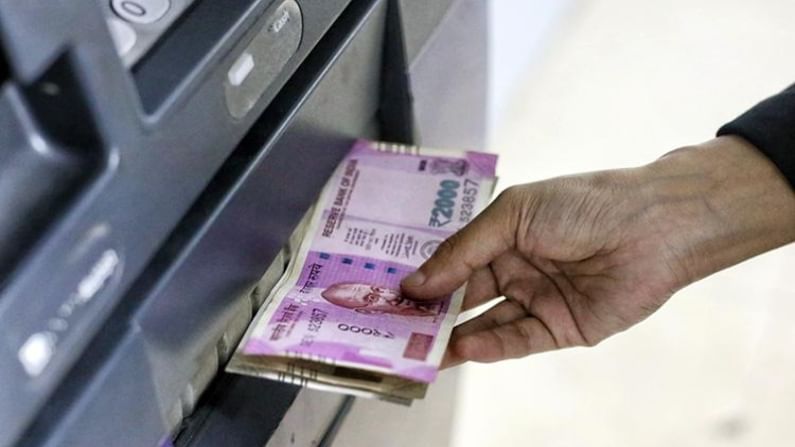Rising prices throw kitchen budgets out of gear, Aam Aadmi's travails see no end
Rise in global crude oil prices, weaker rupee and constant upward revision in domestic fuel prices remain high risk factors for wholesale inflation

“Sakhi sayyian toh khoobh hi kamaat hain.. mehngaayi daayn khaaye jaat hai”, the lyrics to the song of Indian film Peepli Live, released in 2010, may aptly describe what the people of India are facing today. The song is relatable as the May inflation prints have dealt a rude shock, even as the economy still reels under the effects of the severe second wave of Covid-19. At a time when salaries have been slashed and local lockdowns have contributed to unemployment, the record rise in inflation has only added to the worsening pain.
On June 14, the government released the data for wholesale and retail inflation. While the WPI (wholesale) inflation surged to an all-time high level of 12.9%, the CPI (retail) inflation at 6.3% shot up above the RBI’s target band of 2-6%.
What’s of further concern is that the rise in prices is across categories from fuel to food to edible oils or even manufactured products.
Expert views
“The CPI inflation has hardened to a six month high of 6.3% in May 2021, with an alarming 207 bps jump relative to April 2021, which was twice as high as what we had expected. Food inflation in May 2021 modestly exceeded our expectation on account of eggs, pulses and oils. Notably, the retail food prices of fruit and vegetables rose by 1.8% and 2.6%, respectively, in May 2021, charting a markedly different trend from the MoM declines seen at the wholesale level (-7.2% and -8.3%, respectively),” Aditi Nayar, Chief Economist, ICRA, told Money9.
Policy researcher and economist Karan Bhasin said: “The correct way to look at the WPI (Wholesale Price Index) inflation is that commodity prices had crashed in April 2020 and we all remember the extensive commentary on moderation in oil prices back then. Therefore, it was only natural for the WPI print to come out higher as prices begin to reach to the previous figures. This of course does not imply high inflation, as the underlying items in WPI are simply reverting to their previous highs.”
Reasons behind surge
WPI inflation has been on a continuous uptick from December 2020. The pace of inflation has risen for the fifth month in a row.
Experts point at supply constraints and rising energy prices as the key reasons.
“The 1.6% month-on-month uptick in the CPI in May 2021, which saw widening state level restrictions, is nearly as high as the 1.9% hardening seen in April 2020 during the nationwide lockdown, testing the assumption that supply disruptions have been limited in the second wave”, said Nayar.
Senior journalist Vivian Fernandes in his column for Money9 had raised concerns on how cooking oil is burning a hole in the pocket of the common man.
“The rise in cooking oil prices has jolted the government. The retail prices of all the oils have nearly or more than doubled from the rates prevailing 10 years ago…India depends on imports for two-thirds of its requirement. Domestic prices reflect world prices, which have risen sharply. There are supply chain issues as well. Prices have also been boosted by the easy money policies of central banks across the world. The liquidity has gone into stocks and commodities,” he wrote.
Road ahead
“It is hard to imagine a scenario whereby there is sustained inflationary impulses in the economy while it has witnessed nominal wage cuts and some level of permanent loss of inflation. In all likelihood, inflationary impulses would moderate in about two months”, said Bhasin.
“The phased unlocking of the states may temper the CPI inflation to around 6.0% in the current month. We have raised our forecast for the FY2022 average CPI inflation to at least 5.4%. However, we believe the MPC will demonstrate a high tolerance even if the average CPI inflation ranges between 5.5-6.0% in FY2022, given the uncertainties regarding the growth outlook. Therefore, we continue to expect a status quo on the repo rate and a continuation of the accommodative stance through 2021,” added Nayar.

